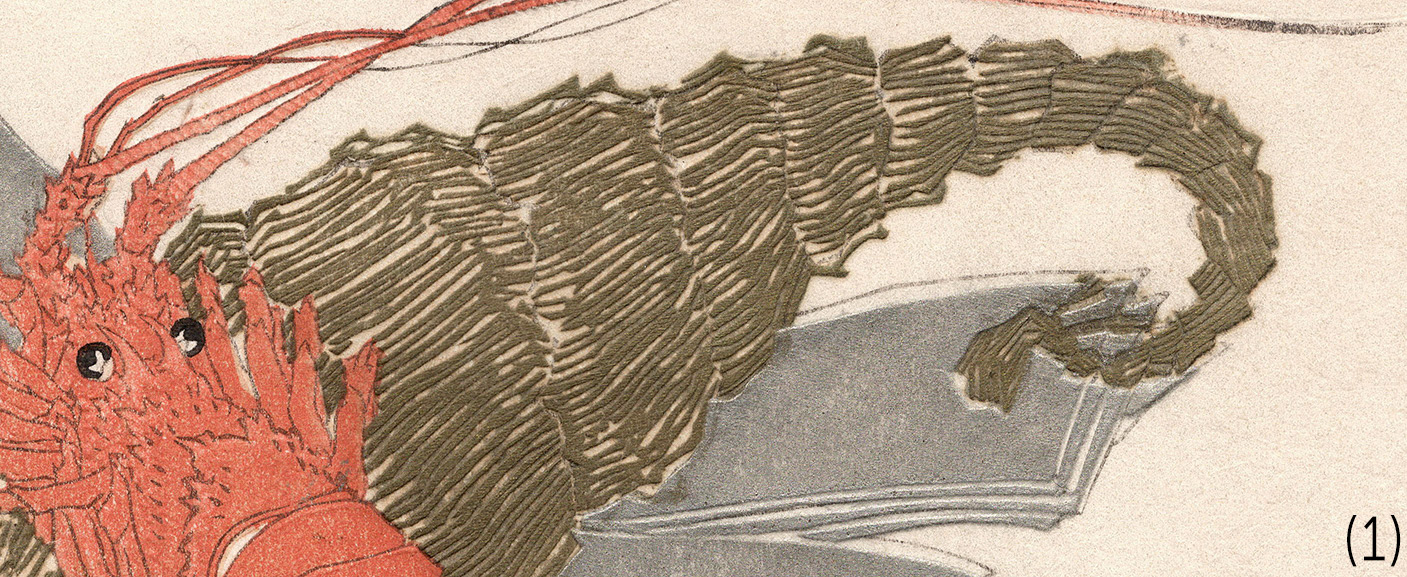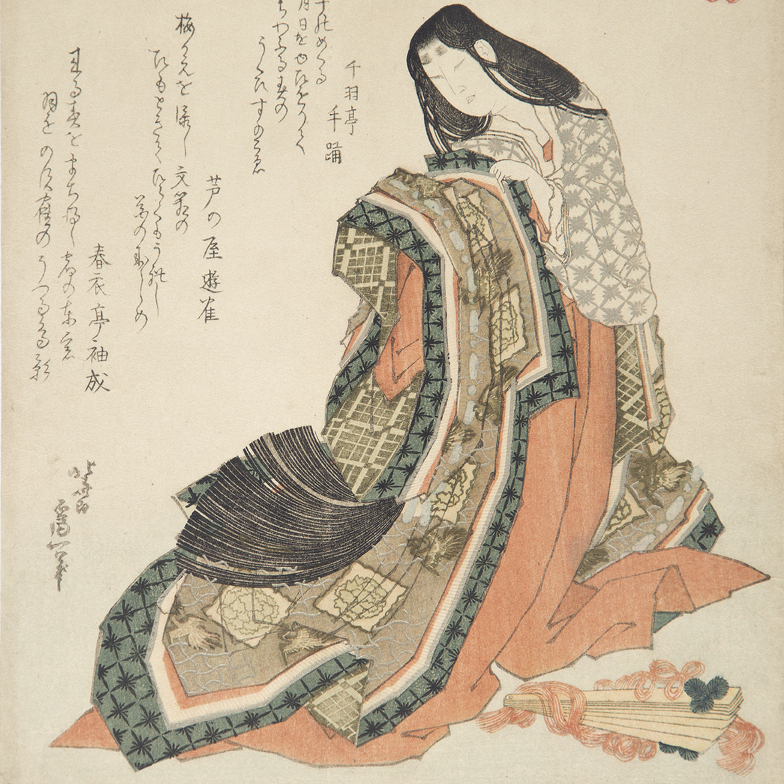Katsushika Hokusai
1760 - 1849
1822
Shikishiban surimono, 205 x 180 mm
Signed: Fusenkyo Iitsu hitsu
Series: A Selection of Horses - Umazukushi
Three poems by Mamansai Managa, Shicchinsha Manpo and an associate.
Provenance:
On the verso three unidentified collector’s marks stamped in red.
The print was sold in Paris c/o Hotel Drouot Rive Gauche, on the days 12, 13, 14 and 15 December 1977, Collection de Monsieur… Estampes, Designs, Pochoirs du Japan; lot 278. In that catalogue the print was declared as coming from the Charles Haviland sale, c. 1922.
Private collection, Milan.
Fine impression with metallic powders (silver and gold) very well retained.
Two other impressions of this rare surimono are preserved at the British Museum (1907,0531,0.152) and at the Harvard Art Museum (1933.4.1792). Another one was published in the catalogue of the Scheiwe collection in 1972; see Rose Hempel, Ukiyo-e, Die Kunst der heiter vergänglichen Welt, Japan 17.-19. Jahrhundert, Essen, 1972; n. 296.
Compared with these other specimens, our impression seems in the best condition, at least regarding the preservation of the silver powder(1).

It is also interesting to note that the position of the poems in our specimen is slightly different: they are printed from the same block but moved down and to the right.
The series Umazukushi is composed of 27 single-sheet surimono and one triptych, all with subjects alluding to horses, designed by Hokusai for the horse year Bunsei 5 (1822). Most of the prints in this set are still-lives, and each of them refers to horses, although some of these allusions are very obscure. The set was designed for three poetry circles: the Yomogawa and two subgroups of it, the Shuchodo shachu and the Manjiren.
A very interesting presentation of this set and of the other set of square surimono designed by Hokusai for the same poetry circles, the series Genroku Kasen kaiawase, 1821, is found, in Italian, in the catalogue of the 1999 Milanese exhibition devoted to Hokusai. See Asano Shugo, Arte e circoli letterari di surimono: le serie Genroku Kasen kaiawase e Umazukushi; in G. Calza, Hokusai. Il vecchio pazzo per la pittura, Milan, 1999.
Information on the master
Katsushika Hokusai, dominated the scene of the art of the Japanese print (Ukiyo-e) in the field of book illustration, drawing and painting. He was born in the Honjo district of Edo. His passion for art began at an early age; he was adopted by an illustrious family of artisans who introduced him to wood engraving. This influenced his career and at the age of 18 he entered at the studio of Katsukawa Shunso (1726-1793), who specialised in prints depicting the popular Kabuki theatre. Under the pseudonym of Shunro, around the 1780s, he got to know artists like Shigemasa (1739-1820) and Kiyonaga (1752-1815) who influenced his drawing of figures. Around 1790 he produced his first important prints which he signed Kako. He also produced fine Surimono. In 1797 he married and took the name Hokusai, becoming one of the foremost illustrators and artists of Japan. Among his most famous work are the ehon, books of images, as the 15 albums of drawings entitled Manga. The most celebrated of his prints series is The thirty-six views of Mount Fuji, early thirties. Amongst his many pupils: Shinsai, Hokuju, Hokuba, Hokkei, Shigenobu.
Other works of the master









